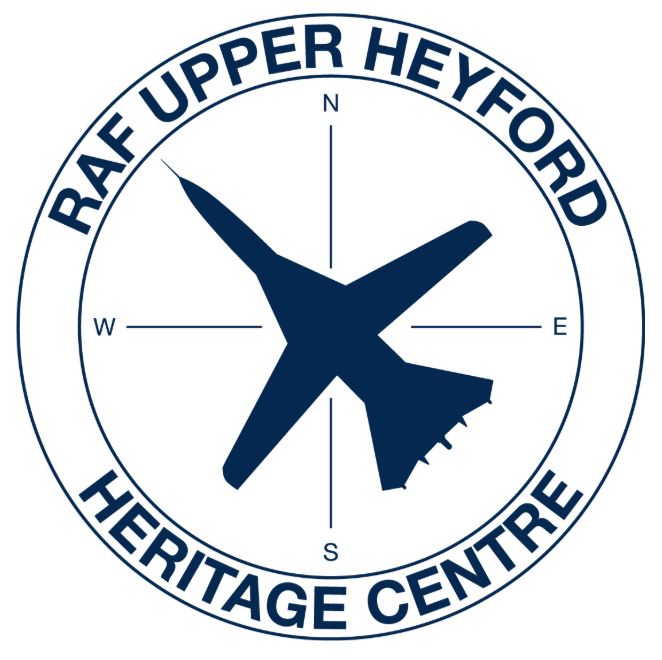
"tigers"
Origins and Arrival
The 79th’s heritage stretches back to World War I, when the squadron was first activated as part of the United States Army Air Service. Over its distinguished history, the unit evolved through multiple theatres and aircraft, earning a reputation for discipline and tactical excellence.
In 1970, the 79th arrived at RAF Upper Heyford, joining sister squadrons — the 55th and 77th TFS — under the newly re-formed 20th Tactical Fighter Wing. Initially flying F-100D Super Sabres, the Tigers soon transitioned to the cutting-edge F-111E Aardvark, an aircraft that revolutionised low-level, all-weather strike capability.

